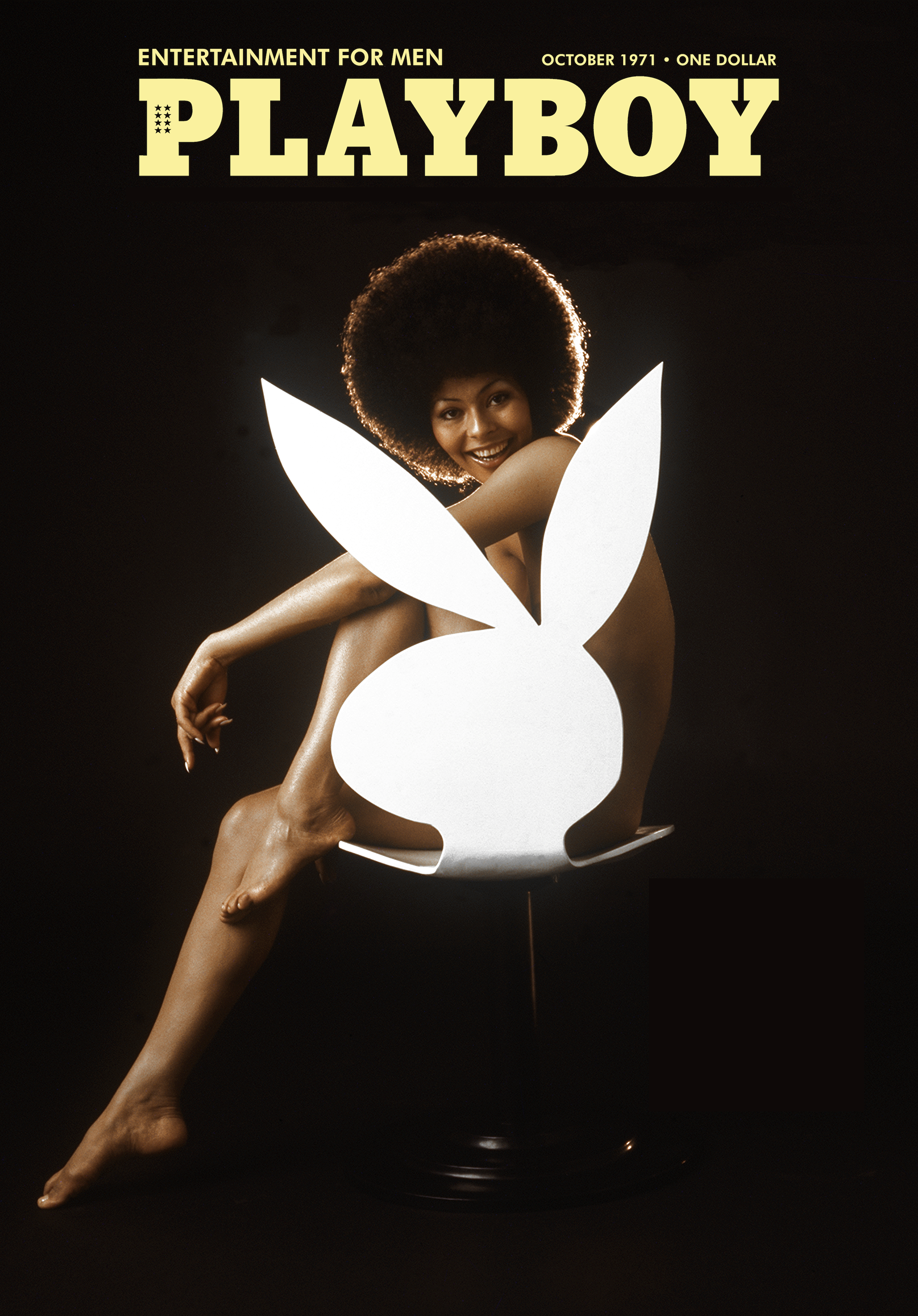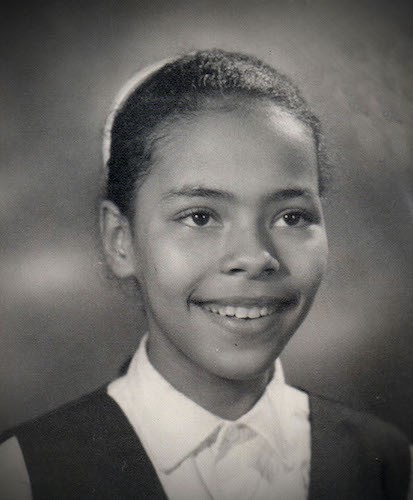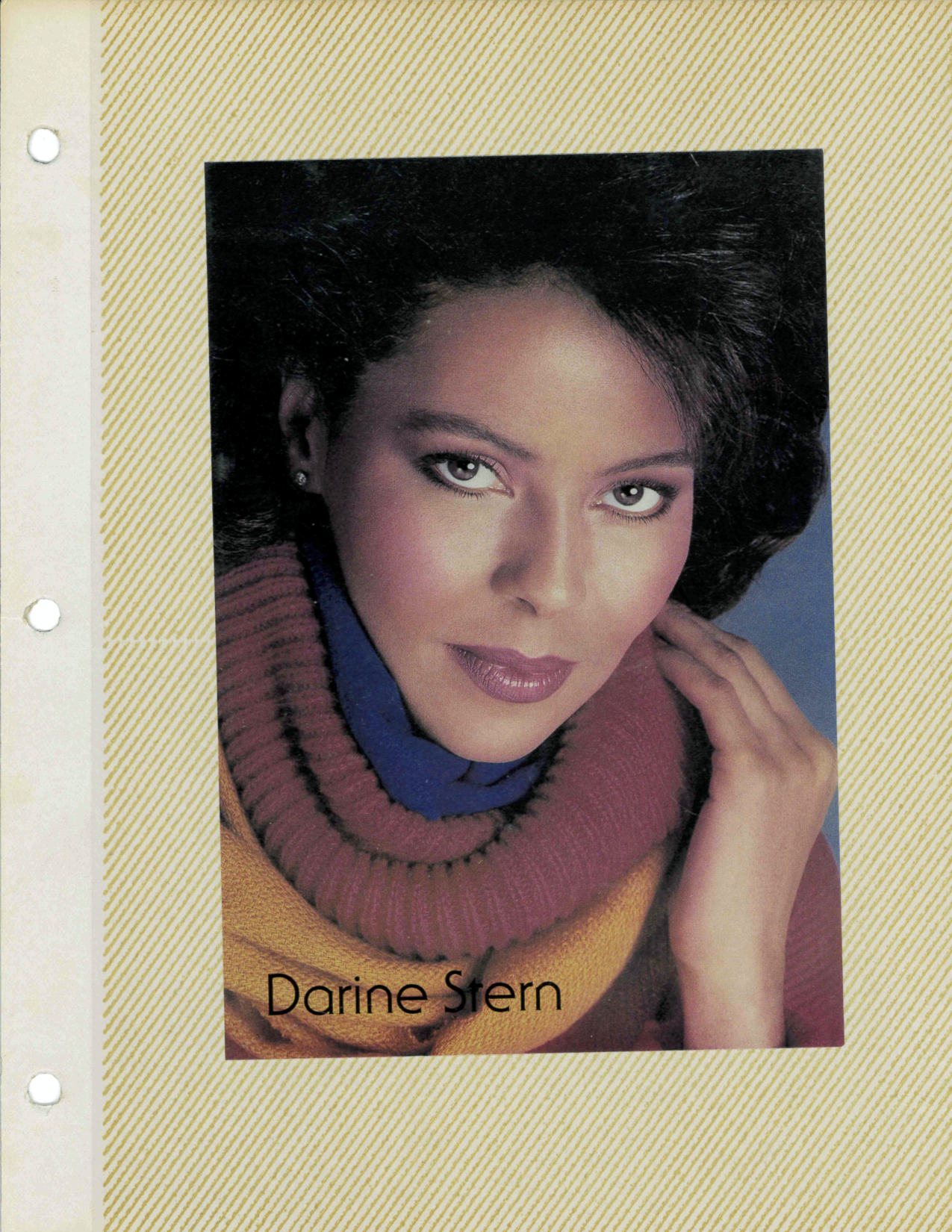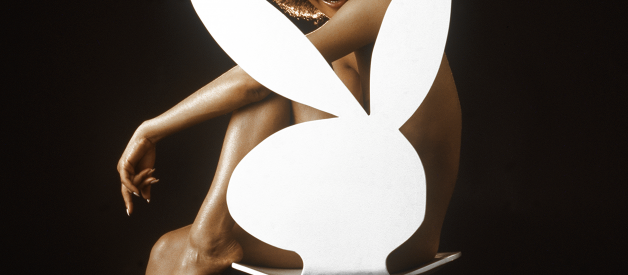She was destined to become a supermodel but bad timing and a series of misfortunes thwarted what could have been
 Archival Playboy Magazine material. Copyright 1971 by Playboy. Used with permission. All rights reserved.
Archival Playboy Magazine material. Copyright 1971 by Playboy. Used with permission. All rights reserved.
 Photos courtesy of Sheila Bader.
Photos courtesy of Sheila Bader.
Darine Stern was born November 16, 1947, in Chicago, Illinois. Her family was a part of the Great Migration, a pivotal moment in American history in which millions of African Americans fled the south for the north for better employment opportunities and to escape racial terrorism. It was actually the Chicago Defender who made the siren call to Black Americans in 1916 about southerners who made it in the big cities. They posted organizations where newcomers could turn to for help, and offered advice for how said newcomers could acclimate themselves to their metropolitan surroundings. Between 1916 to 1919, Chicago alone received approximately 50,000 to 75,000 Black southerners. But Chicago wasn?t an oasis by a long shot. Residential segregation was rampant. As more Blacks moved in, Whites moved further westward within the city limits or out in the suburbs accessible from the newly formed highways. A huge concentration of the city?s Black population was in an area called the ?Black Belt? which was ?formed on the south side between railroad tracks.?
It is here on the South Side where Darine and her nine other siblings grew up. As a child, Darine was very family oriented, often clinging toward her older sister, Sheila for guidance: ?Darine just wanted to be with me and my friends. Sometimes I wanted that and sometimes I wanted her to get her own friends.? Their mother was a hardworking woman who left a job as a credit officer for department stores due to discrimination and began to work as a truant officer for the Chicago public school system. She went through a series of marriages and oftentimes parts of the family would live in different places but throughout it all, Darine treasured the bonds she had with her siblings.
When Darine reached adolescence, she moved over to the West Side of Chicago where she attended Marshall Metropolitan High School. It was at Marshall that Darine?s beauty began to fascinate those around her. One of her other siblings, David, elaborated on how her looks benefited those in her orbit: ?I had brothers who are very light skinned and they used to get their asses beat daily. But when they (the bullies) found out that Darine was their (brothers?) sister, they tried to be their long lost buddies.? Because of her looks, Darine was known around school, even being crowned prom queen at junior prom. But she never capitalized on her looks. She sought to become an educator and upon graduation, she left her family home and started to matriculate at Chicago State University.

There were other ?looks? ? those of Bethann Hardison, Iman, Mounia, Alva Chinn, and Pat Cleveland. However, in the words of Pritchard, ??in a business that offers such limited opportunities to Black women regardless of ?the look,? to be expected to fit a mold that was not you or to have to compete for a booking against a person who is known for what you are trying to effect in a casting puts you at a disadvantage in some respect.? In Darine?s case, as she would relay to her family during many exasperated conversations, she was either ?too Black? or ?not Black enough.?
But shouldn?t Stern?s groundbreaking cover mean an abundance of offers? Not quite. She quickly learned that the New York world was much more cutthroat and elitist than the streets of Chicago. According to Marcellas Reynolds, former model, fashion stylist, and author of Supreme Models: Iconic Black Women Who Revolutionized Fashion, ?There are models who do fashion editorials and runway, then there are catalog models, then commercial models. Those worlds seldom mix? Appearing in the pages of Playboy, which for many of its centerfolds was an entree into acting, definitely excluded someone from legitimate work as a fashion model. Add to that the role race played in fashion, further limiting the amount of available work, and there was no place for Darine.?
Frustrated by the lack of modeling opportunities, Darine moved to Los Angeles for newer pastures but was not fond of the city?s scene or the Hollywood industry in its entirety. She was a photographer?s model and she wasn?t inspired by film or music to make a transition there. She returned to Chicago and worked as a fashion director at Burrell Advertising Agency and also provided image consultation and costume design for the likes of Lena Horne, Aretha Franklin, and Michael Jordan. In addition, she created Darine Stern Agency to foster the careers of emerging models and provided talent for clients such as Sears, Canadian Mist, Kellogg?s, and Ford Motor Company, though it shut down within a few short years.
 In the late ?80s, Darine moved to Martha?s Vineyard where she assisted choreographer Marla Blakey on a For Colored Girls production and acted in a soap opera pilot centering the lives of those who live in Oak Bluffs, a historic, African American community within Martha?s Vineyard, that never aired. Throughout her multilayered career, Darine was worried about her looks. ?Beauty,? as her sister Sheila puts it, ?is a double-edged sword. It can cut through anything but it can cut you.?
In the late ?80s, Darine moved to Martha?s Vineyard where she assisted choreographer Marla Blakey on a For Colored Girls production and acted in a soap opera pilot centering the lives of those who live in Oak Bluffs, a historic, African American community within Martha?s Vineyard, that never aired. Throughout her multilayered career, Darine was worried about her looks. ?Beauty,? as her sister Sheila puts it, ?is a double-edged sword. It can cut through anything but it can cut you.?
For Darine, a woman now in her forties, would ask her sister Sheila how she looked for her age and entertained the thought of plastic surgery. Unbeknownst to Darine, she would not be going to a doctor to salvage her looks but rather her life, for she was diagnosed with breast cancer at the age of 43. Speaking with Blakey about Darine?s cancer diagnosis, she emphatically tells me, ?She did everything she could to get better ? holistics, eating right, exercising. She did everything.? She befriended Cheryl Stark and Margery Meltzer through a local cancer support group and they became inseparable. ?She was so young,? Meltzer says. ?Even when she became ill, her spark always showed through. She was a loving, gentle soul with a quick wit.? She tried to get stem cell treatment but she wasn?t responding well enough to the preliminary cycles to qualify. When the cancer was metastasizing, one of her friends since her time at the Playboy Club used her money to put Darine on a plane back to Chicago.
There at a hospice, relatives and other loved ones would move in and out of the room. Most times, Darine wouldn?t speak. That is until Ray came to visit. Her brother David recounts, ?Obviously she was carrying some kind of torch for him because she revived when he walked in the room.? In Darine?s last call to Meltzer, she had a vision: ??she told me she?d had a dream the night before in which I was having a ?party? to celebrate her life with lots of people. I assured her that I would do that and I did.?
On February 5, 1994, Darine Stern passed away. A memorial scholarship in her honor was created at Chicago State University where she once studied education before fully pursuing professional modeling. Her most famous image still belongs to Playboy. Since her passing, her sister Sheila has kept an archive of many of her sister?s headshots, editorial spreads, letters, and rsums as a way to keep Darine?s legacy alive. Though Darine is considerably lesser known than her contemporaries, her story demonstrates the constraints of what Black women could have been and the flowers they could have been given while they still were alive. It is a bittersweet reminder of where we?ve arrived and an admonition of what more needs to be done so that Black women will no longer be footnotes throughout turning points in our culture.


